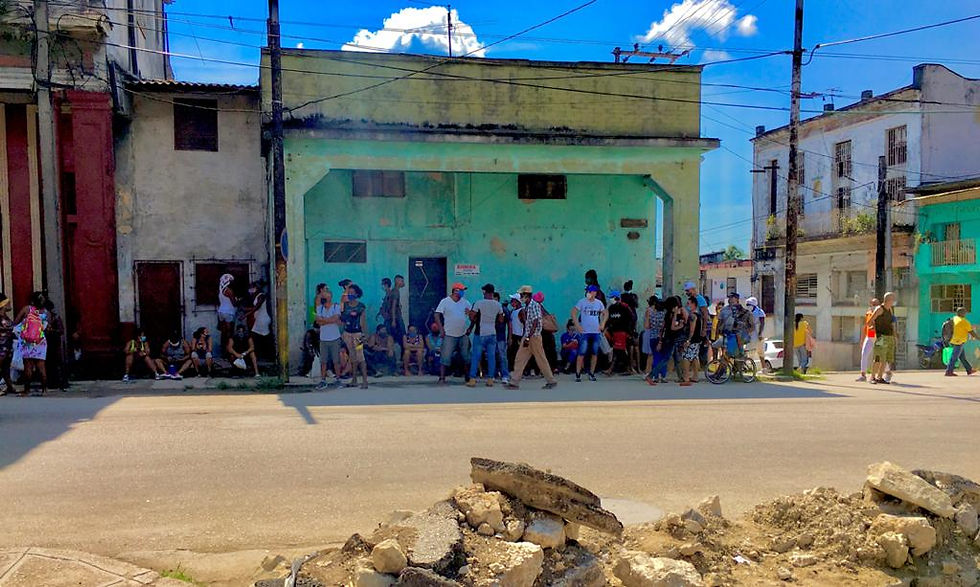CUBAN BASEBALL REFORMS
- Cuba Travel
- Apr 13, 2018
- 2 min read
CUBAN BASEBALL REFORMS INTRODUCTION
With the start of Cuba’s 57th National Baseball Series set to commence on August 5, 2017, this five-part series could not be presented at a more opportune time. The quality of baseball played in Cuba has been declining slowly, but steadily for the past fifty years. From self-induced isolation, to a lack of financing, shabby equipment, and dilapidated facilities, all have a negative impact on Cuban baseball. Also contributing to disinterest in the game is the Cuban government’s decision to regularly televise European soccer matches, which has converted many young Cubans into soccer fans. American major league games have never been televised live on Cuban television, while live soccer matches have the highest viewership of any professional sport on the island.
For Cuba to continue winning international baseball competitions, the reforms which we will present in this series are just the beginning. But we are going to limit this series to reforms within the current structure of Cuban sports. Every aspect of baseball in Cuba will be considered, from the lack of financing to deplorable stadium conditions, and from Cuba’s professional National Series to little league academies. This series will suggest reforms to the current system of Cuban baseball, with the intent to offer improvements for the sake of the sport, and its’ Cuban players and fans. The English translation for some of the acronyms used in the world of Cuban sports which will be covered in the series and are unfamiliar to most of our American readers include; INDER Institute of Sports, Physical Education and Recreation, ESPA Athletic Schools for Perfecting Athleticism, EIDE School Sports Initiation Schools, and ACAD Area Sports Academy.
The first Latin American players to play in the American major leagues came from Cuba, as did the first coach, and Cuba has a long history of playing baseball, with the first league having been organized on the island in 1868. Cuban players today can be found in professional leagues around the world, especially in Japan and the United States. However, the number of players in Major League Baseball would be much greater if Cuban players could legally play in the U.S., without the restrictions currently placed on them by both the Cuban government and the U.S. trade embargo.
By Frank Gonzalez & KMOA

HAVANA'S ESTADIO LATINOAMERICANO, HOME OF THE INDUSTRIALES








Comments